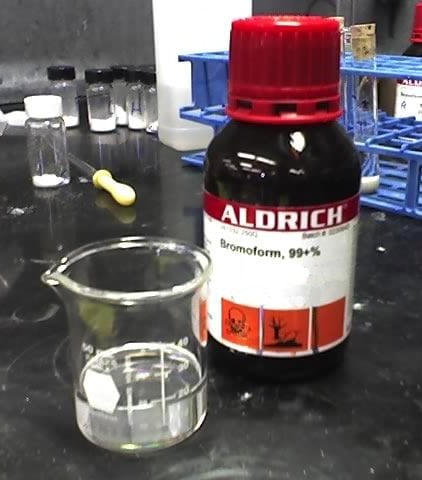Professional Gemologist Certification Course
Specific Gravity Testing Part 5: Using Heavy Liquids
The Gemological Institute of America (GIA) offers a set with densities of 2.57, 2.62, 2.67, 3.05, and 3.32. Other manufacturers offer sets with different ranges.
Before Using Heavy Liquids, Know the Risks
Most heavy liquids are solvents, in the same family as thinners, and toxic. Don’t inhale their vapors or get any on your skin or clothing. Heavy liquids are also flammable, so keep them away from heat sources at all times. Follow all the manufacturer’s safety instructions for whatever set you choose.
You can learn more about gemology and lapidary safety here.
Why Use Heavy Liquids?
The theory behind using heavy liquids is simple. If you put a gem in a liquid with the same density, it’ll stay in place. Should the gem have a greater density, it’ll sink. So it follows that the gem will float if it has a lower density.
How fast the gem sinks or floats will give you some indication of how much its specific gravity varies from the liquid’s. If the difference is just a couple hundredths of a point, it will drift slowly up or down. A difference of a…
International Gem Society
Never Stop Learning
When you join the IGS community, you get trusted diamond & gemstone information when you need it.
Get Gemology Insights
Get started with the International Gem Society’s free guide to gemstone identification. Join our weekly newsletter & get a free copy of the Gem ID Checklist!
